Advancements in technology and artificial intelligence designed to aid rheumatologists in diagnosing patients and predicting mortality risk were discussed in depth during a session of the European e-Congress of Rheumatology.


Advancements in technology and artificial intelligence designed to aid rheumatologists in diagnosing patients and predicting mortality risk were discussed in depth during a session of the European e-Congress of Rheumatology.
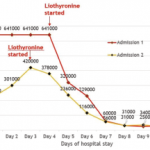
Aditya S. Pawaskar, MBBS, MD, & Weishali V. Joshi, MD |
Rhabdomyolysis is a clinical syndrome characterized by muscle tissue necrosis and release of intramuscular components into the circulation. Typical manifestations include muscle pain and myoglobinuria, causing dark urine. Serum creatinine kinase (CK) enzyme levels are usually markedly elevated. Severity can range from muscle enzyme elevation in the serum of an otherwise asymptomatic patient to extremely…
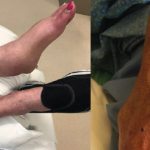
Sarah Dill, MD, & Duane Pearson, MD |
A 61-year-old Caucasian woman with a history of seropositive rheumatoid arthritis (RA) was hospitalized for a several-month history of progressively worsening left ankle pain and swelling. She had been unable to bear weight on her left leg for several days and did not notice improvement in symptoms with 20 mg of prednisone daily, which she…
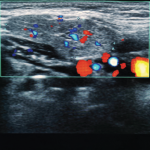
For most rheumatologists, the key elements of the physical exam—inspection, palpation, percussion and auscultation—have long been second nature, but a fifth modality has grown in importance with respect to making the correct diagnosis: ultrasound. From evaluating for Doppler signal and additional findings indicative of synovitis to identifying bony erosions, chondrocalcinosis, tophi and other articular and…

The COVID-19 pandemic is reshaping clinical rheumatology and the fellowship experience. Rheumatology education should include how to triage patients for remote visits, says second-year fellow Kanika Monga, MD…

ACR BEYOND LIVE—A moonshot concept in rheumatology has long been centered on the question of whether autoimmune disease can be cured. A less frequently posed inquiry, albeit equally important, is: Can the onset of autoimmune disease be prevented in the first place? At the 2020 ACR State-of-the-Art Clinical Symposium, Kevin Deane, MD, PhD, associate professor…
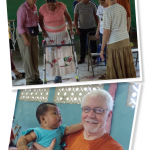
Daniel F. Battafarano, DO, MACP, FACR |
My first-ever medical mission trip, after 37 years of medical practice, was to Teleman, Alta Verapaz, Guatemala. Prior to the trip, my excitement as an adult-trained rheumatologist was balanced against my apprehension about witnessing new diseases, caring for children and practicing in an austere environment with limited medical resources. As directed by the travel clinic,…
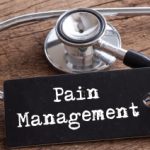
Carina Stanton |
SNOWMASS VILLAGE, COLO.—The science underlying the neurobiology of chronic pain isn’t something rheumatologists often think about. However, pain is an important reason why patients see a rheumatologist. At the 2020 ACR Winter Symposium in January, Leslie Crofford, MD, gave two presentations addressing pain experienced by rheumatology patients, including a session on the fundamental mechanisms of…

Christopher Phillips, MD |
Jane’s* hands and wrists had been swollen and painful for about eight weeks. Lab findings in the ambulatory consult that came to our office revealed a cyclic citrullinated peptide antibody count >250 u/mL. We all know where this story goes, including how important the early treatment window is. Our clinic reviews all consults and tries…

A study found resident memory T cells may mediate inflammatory arthritis and trigger flares in specific joints, suggesting local depletion of these cells could be a therapeutic strategy…